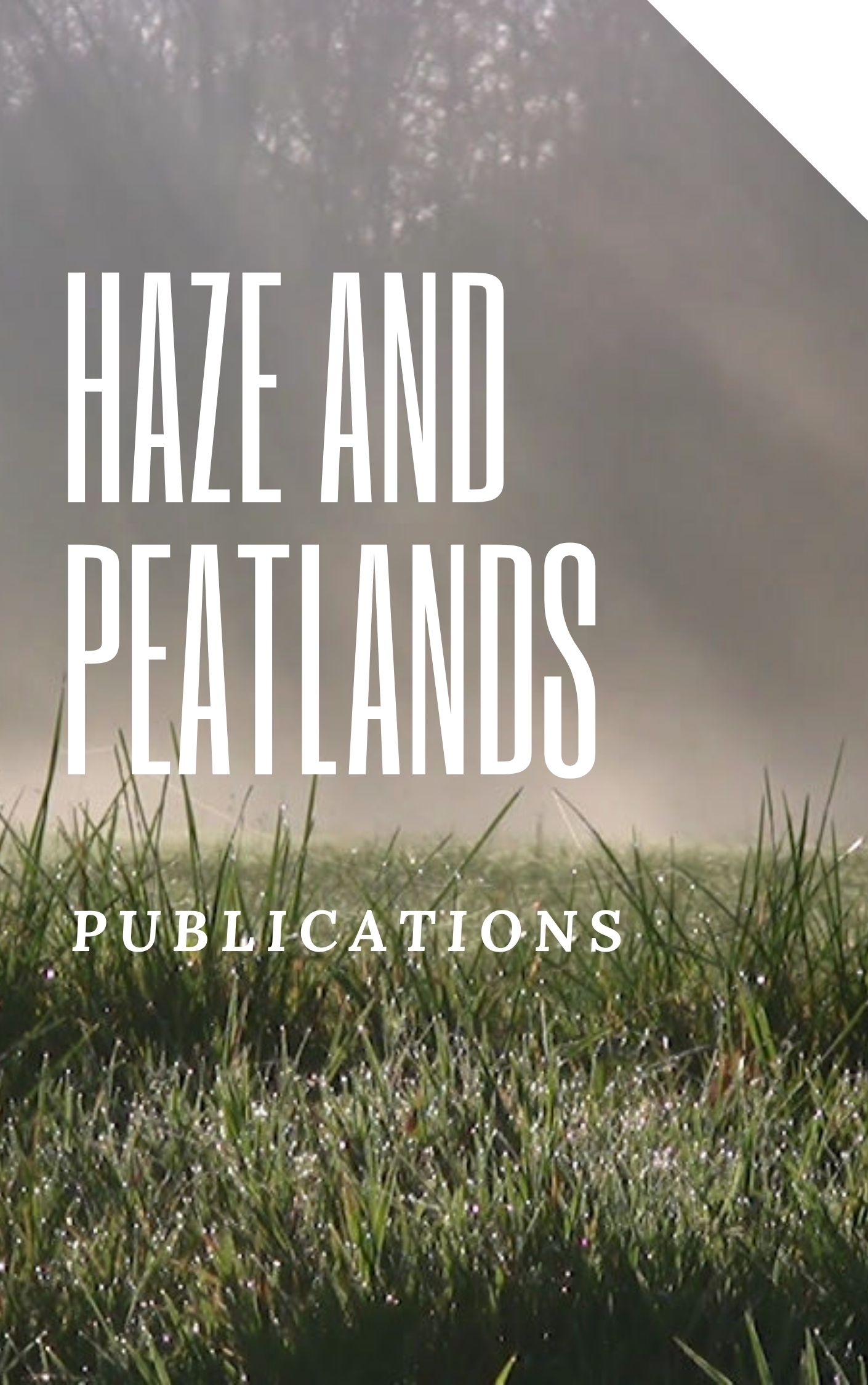Fire is a major stimulus of change in seasonal tropical forests, often causing a shift in vegetation from evergreen moist forests to dry deciduous forest and finally to savanna. This shift has been exacerbated by the frequent, often annual, use of fire by man. During a three year project of the Natural History Museum (UK), epiphytic lichen communities of adjacent seasonal evergreen (SEF) and deciduous forests (DDF) in northern Thailand were sampled and permanent quadrats set up to monitor changes. Quadrats were revisited one year later, following a severe fire season. Changes in lichens in quadrats during 1 year are used to interpret data from 20 randomly selected trees in 50 m² plots, and to identify lichen taxa sensitive and tolerant of fire, and characteristic of the forest type. Epiphytic lichen components of these plots are given, and the distribution of families in all plots discussed. The distribution of photobionts in all plots is discussed. Field observations of the frequency of highly coloured taxa in the DDF and their absence from the SEF are interpreted with the presence of secondary metabolites in the lichen thallus. The distribution of fruiting bodies and of vegetative propagules is discussed, and the low occurrence of sexual reproduction in the DDF are investigated using data to illustrate characteristics of fire-tolerant lichen communities of the DDF, including thallus structure and chemistry, photobionts and reproduction. The spread of species-poor DDF, the loss of SEF and species-rich DDF is discussed.

